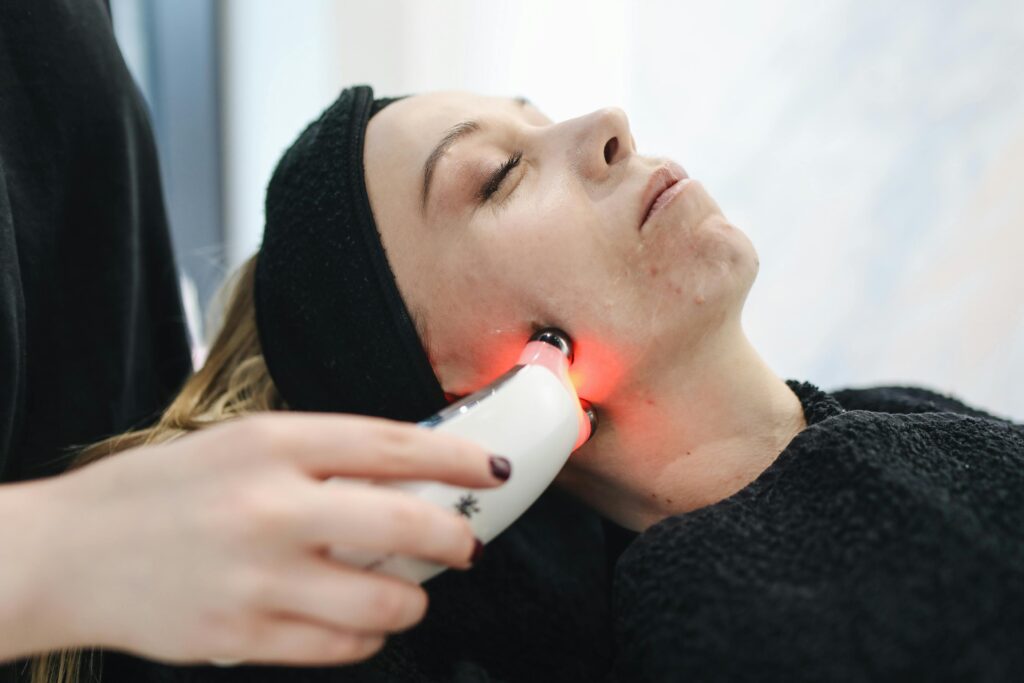
Understanding the Subtle Clues Your Body Might Be Giving You
men over 50—but it’s also highly treatable when caught early.
The key is knowing what to look for and when to talk to your doctor.
At MatureAging.com, we believe in empowerment through awareness, especially when it comes to health after 50.
Whether you’re retired, semi-retired, or just prioritizing your well-being more these days, understanding these signs could make all the difference.
Below, we’ll walk you through 10 early warning signs of prostate cancer, what they may mean, and what steps to take next.
1. Frequent Urination, Especially at Night
Waking up multiple times during the night to urinate (nocturia) can signal an issue with the prostate.
While it’s common with aging, a sudden increase may be worth a closer look.
Tip: Track your nighttime bathroom visits and discuss any sudden changes with your doctor.
2. Weak or Interrupted Urine Flow
If you notice your urine stream is weak, slow, or stops and starts unexpectedly, this could be a sign of prostate enlargement—or potentially something more serious like a tumor pressing on the urethra.
3. Difficulty Starting or Stopping Urination
Hesitation before urine starts or a dribbling sensation at the end may point to changes in the prostate gland.
Important: These signs may mimic benign prostatic hyperplasia (BPH), so it’s essential to get screened to know for sure.
4. Pain or Burning During Urination
This symptom can be easily confused with a urinary tract infection (UTI), but persistent discomfort should never be ignored.
What to Watch:
If it happens regularly or is accompanied by other symptoms, it warrants attention.
5. Blood in Urine or Semen
This is a red flag.
Any appearance of blood should be addressed right away.
While it may not always mean cancer, it’s not a symptom to overlook.
6. Painful Ejaculation
While this may feel uncomfortable to bring up, pain during or after ejaculation is not normal.
It could point to inflammation, infection, or something more serious like cancer.
Common Problems
Here are some examples of non-cancer prostate problems:
Benign prostatic hyperplasia, or BPH, is very common in older men.
It means your prostate is enlarged but not cancerous.
A man’s chances of having BPH go up with age:
• Age 31-40: one in 12
• Age 51-60: about 50%
• Over age 80: more than 80%
7. Erectile Dysfunction (ED)
Changes in sexual function—particularly a new or sudden difficulty achieving or maintaining an erection—can be linked to prostate health.
Note: ED has many causes, but if it appears alongside urinary symptoms, a prostate check is wise.
8. Unexplained Lower Back, Hip, or Pelvic Pain

When prostate cancer spreads, it often affects bones in the hips and lower back.
Persistent pain in these areas that won’t go away with rest or movement could be a warning.
9. Loss of Bladder or Bowel Control
While rare in early stages, prostate cancer that has spread can impact nerves responsible for bladder and bowel function.
Sudden incontinence should be evaluated quickly.
10. Unexplained Weight Loss or Fatigue
If you’re eating normally but losing weight or feeling constantly drained, it could be a sign that your body is fighting something bigger.
Always investigate fatigue that interferes with daily life.
When to See Your Doctor

Prostate issues don’t always mean cancer.
In fact, many of these symptoms can stem from benign conditions.
Still, early detection is your best protection.
Talk to your healthcare provider if you notice:
Two or more symptoms from this list
A sudden change in any urinary or sexual function
A family history of prostate cancer (especially if you’re over 50)
Screening Options Include:
PSA (Prostate-Specific Antigen) blood test
Digital rectal exam (DRE)
MRI or ultrasound if needed
Final Thoughts: Be Proactive, Not Afraid
Spotting prostate cancer early doesn’t mean living in fear—it means living informed.
Make annual checkups part of your personal wellness journey, and don’t ignore what your body is trying to tell you.
At Mature Aging, we believe your best years can also be your healthiest—with the right knowledge, support, and lifestyle choices.
Share this post with a friend, loved one, or your partner—it could save a life.



